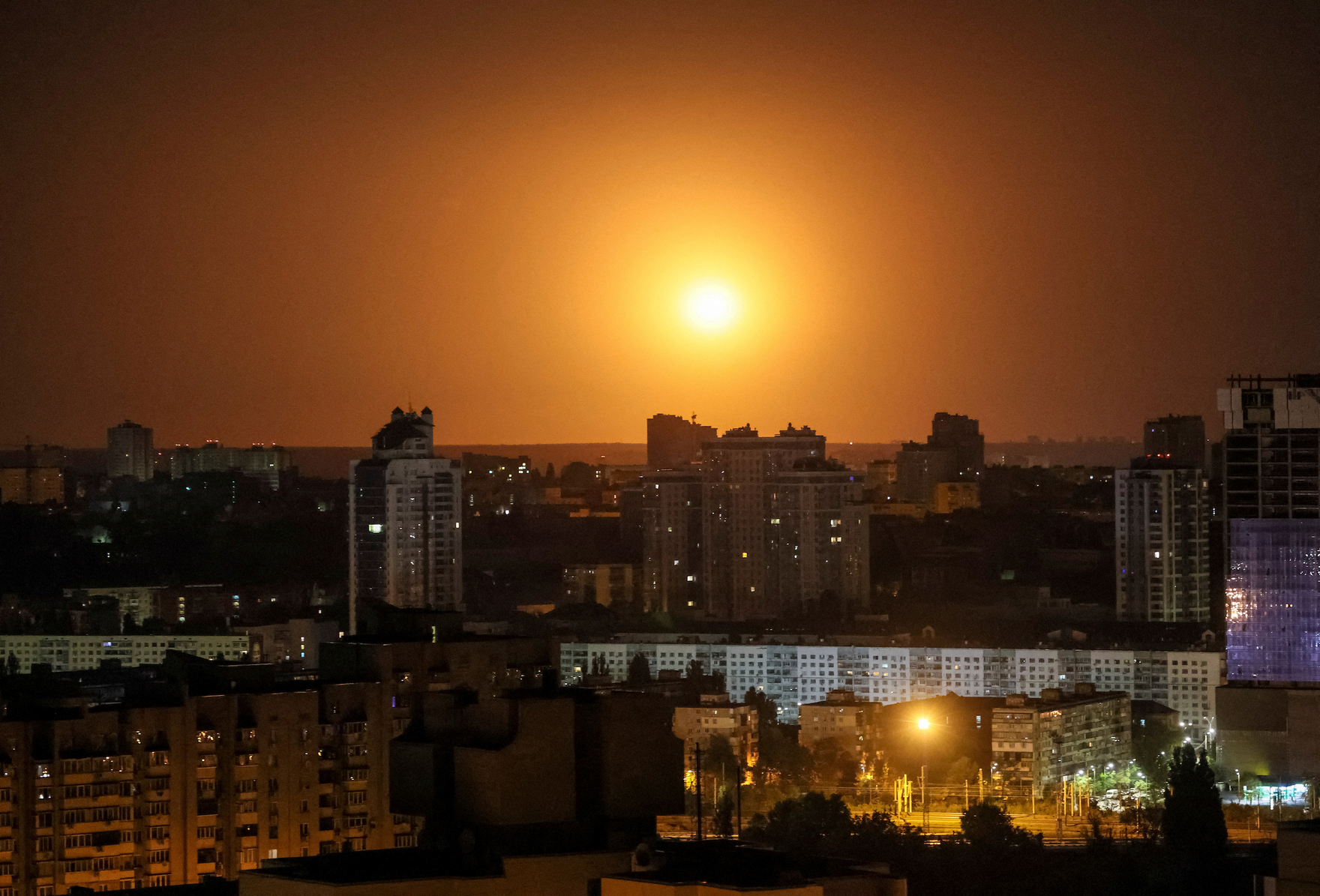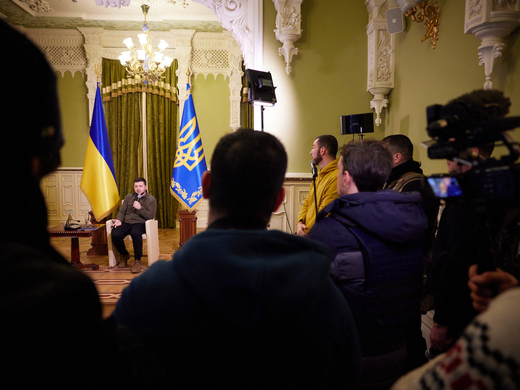The first drone wars in history.
The current conflicts in Ukraine and the Middle East are vying for the title. Both wars have seen devastating initial use of drones, great proliferation and experimentation, and an extraordinary technological pace of change.
When new weapons of war come along, they are usually attended with confident predictions about their impact on the future. Twenty years after the introduction of the machine gun (the “Gatling gun”) during the American Civil War, its inventor, Dr. R. J. Gatling, wrote: “It requires no gift of prophecy to predict that machine guns are destined to play an important part in future wars. They hold the same relation to other arms that the railway bears to the stage-coach, the reaper to the sickle, the sewing machine to the needle.”
But gifts of prophecy are what is required when considering not just the future of drone warfare but the very next phase — tomorrow, next week, next month. Combatants in Ukraine and Gaza and modern militaries around the world, including in Canada, are having to race to acquire the urgent gift of prophecy before the drone undoes them.
Consider where it all began. In the earliest weeks of the Russian invasion of Ukraine, the Ukrainian armed forces were able to very effectively use Turkish-made Bayraktar (TB2) drones to blunt the armoured blitzkrieg on the capital, Kyiv. There was even a popular song about them, posted to YouTube.
Hamas used “suicide” (munitions-laden) drones to take out critical Israeli observation posts and defences on the Gaza border, helping blind the Israelis to the scale of what was unfolding.
And now Israeli drones scan buildings in Gaza before fighters enter and hunt for Hamas operatives and their hostages in tunnels. Artificial intelligence (AI) is reportedly used by the Israeli Defense Forces (IDF) in targeting.
Ukraine uses “first-person view” (FPV) racing drones to drop munitions down Russian tank hatches and chase individual soldiers and small units on the battlefield, the activity all caught on camera. Hezbollah, on Israel’s northern flank, has utilized Iranian technology to challenge Israeli air defence systems on a daily basis.
As with all technological leaps forward, there is a race between perfecting the offence and building a better defence.
Perfecting the offence means building faster, more agile drones capable of avoiding air defences, and building or acquiring longer-range drones (unmanned aerial vehicles, or UAVs) for reconnaissance and attacks against distant targets. Ukraine sees the drone weapon as an asymmetrical advantage for it, lessening its dependence on artillery systems, where it is vastly outgunned by Russia, and giving it a counterpunch ability to take the war deep into Russia.
It has developed the Ukrjet UJ-22 and UJ-26 fixed-wing drones with ranges up to 800 kilometres. Ukraine has ramped up its production to try to hit an ambitious target of one million drones in 2024. Much of the effort is going into building a massive fleet of FPV quadcopter drones that combine an operator (pilot) with a targeter as a small team, operating the drone from the front lines, to rain down munitions on targets in real time.
This pursuit has required the Ukrainian military to transform its army structure to incorporate drone warfare units into every fighting force and to train large numbers of drone warriors. Russia has countered by expanding its own drone fleet, in particular relying on Iranian-made drones (the delta-wing Shahed 136), which fly agile and ground-hugging flight paths that make them difficult to detect, and copying the technology to start up factory production lines in Russia.
Defences against drones include truck-mounted guns and infantry-operated “drone cannons.” But the real technological cutting edge comes in the form of electronic warfare (EW). FPV drones are especially vulnerable to signals jamming and interception, designed either to blind the operator team or to force the drone off target and to crash.
Increasingly sophisticated EW defences used by Russian forces have required Ukrainian drone teams to adapt by channel-hopping across signal frequencies to keep command and control of their drones alive. However, this cat-and-mouse game of signal detection and evasion is likely only a temporary measure.
Future systems of drone offence will increasingly rely on AI-embedded miniature targeting systems carried by drones, to cut the reliance on a signals channel, and make them truly autonomous weapons. They may also rely on mass attacks by drone “swarms” to overwhelm defences. Future systems of drone defence may well include networked laser weapons, of the sort that Israel is currently experimenting with, designed to address the drone swarm problem. Science fiction is fast overtaking reality.
While drone warfare is rapidly transforming the battlefield, spare a moment for the front-line soldiers and civilians. The dreaded buzz of a quadcopter drone overhead is our century’s recreation of the nightmare of the V-1 flying bomb, or “buzz bomb,” launched by Nazi Germany in the final stages of the Second World War.
Londoners could hear the missiles coming, often saw them overhead — then could only wait for their motors to cut off and fear the silence as the warheads plummeted to earth. Londoners learned to cope, but how will the combatants and civilians of today and tomorrow bear up under the moral and psychological effects of the drone?
Gift of prophecy, anyone?



